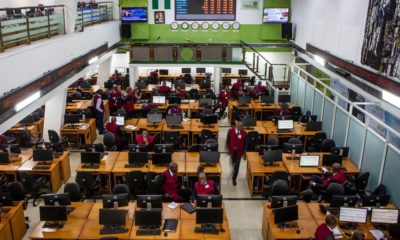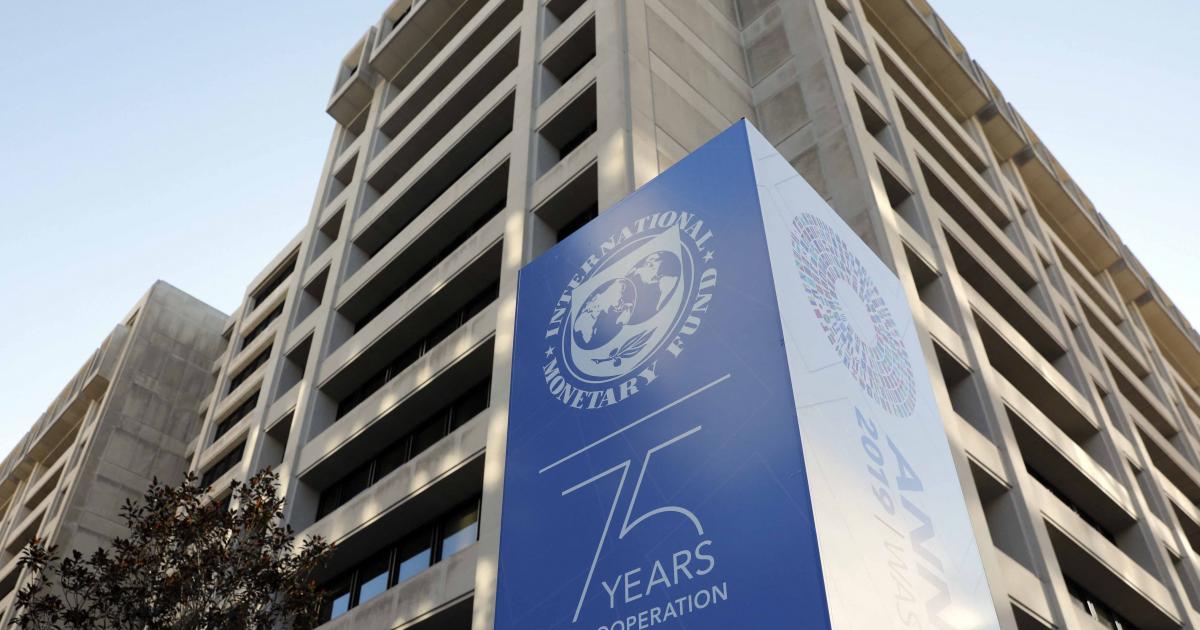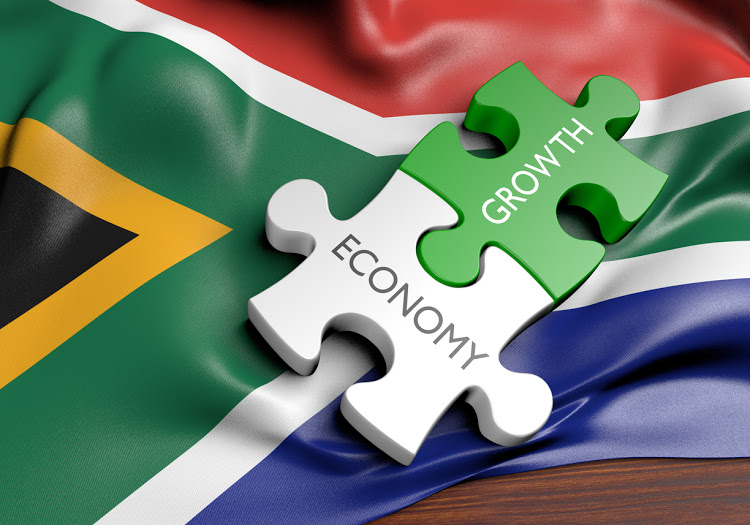- Nigeria, US, Libya’s Rising Oil Output Threaten Prices
The increase in the production of light sweet crude from Nigeria, United States and Libya has been said to be capable of contributing to a narrower price spread between light and medium crudes.
The US Energy Information Administration said in its Short-Term Energy Outlook that Nigerian production increased by six per cent to 1.66 million barrels per day in July, from 1.56 million bpd a month earlier, while Libyan crude output jumped by 19 per cent to 1.01 million bpd in July, from 850,000 bpd in June.
The US crude production increased to 9.43 million bpd, compared with 9.32 million bpd in June, the report said.
The EIA noted that crude oil prices were further supported as Saudi Arabia announced a cap on the country’s crude oil exports in August.
It, however, said it was unclear how much extra crude oil this cap would remove from the market given the country’s typical seasonal decline in crude oil exports because of an increase in crude oil use for power generation.
“However, Libya and Nigeria, two other OPEC members, continue to increase crude oil production, a contributing factor in keeping prices near $50 per barrel,” the IEA said.
The EIA said the voluntary production cuts by the Organisation of Petroleum Exporting Countries and non-OPEC countries resulted primarily in less medium, sour and heavy, sour crudes on the global market.
“As a result, over the past several months, the usual premium that light, sweet crudes command over medium and heavy crude oil has declined in many regions around the world,” it said.
According to the agency, trade press reports indicate that less crude oil is being exported from Saudi Arabia to Europe, which may be supporting prices of crudes like Urals, which are similar in quality to Saudi Arabian crude oil.
It said, “At the same time, higher crude oil production in Libya, Nigeria, and the United States is adding additional light, sweet crude oil into the market and could be contributing to a narrower price spread between light and medium crude oils.”
Nigeria’s average oil production including condensates, increased marginally to 2.06 million bpd in July, according to the petroleum ministry, Platts reported on Monday.
The ministry said the country’s crude output stood at 2.06 million bpd in July, up from 2.05 million bpd in June, and a sharp increase over the 1.6 million bpd output a year ago when production facilities were hit by attacks from the Niger Delta militants.
Nigerian oil output has climbed steadily following a respite in activity by militants demanding control of the region’s oil resources.
Loading of the popular export grade Forcados has resumed at its terminal in the Niger Delta after shutting for several months over the past year following attacks in February and November 2016.
The EIA expects US production to rise over the next two years and cross the 10 million bpd threshold in November 2018.
It sees output averaging 9.35 million bpd in 2017, up by 20,000 bpd from last month’s outlook, and 9.91 million bpd in 2018, up by 10,000 bpd from last month.
“The US oil production growth could slow as some US energy companies plan less investment spending for the rest of this year and the number of drilling rigs has recently increased at a slower clip,” the EIA Acting Administrator, Howard Gruenspecht, said in a statement.
The OPEC crude production held steady in July at an average 32.93 million bpd, compared with 32.61 million bpd in June, despite the sharp increases in Libya and Nigeria.
Saudi Arabia produced 10.2 million bpd in July, steady from 10.15 million bpd a month earlier.
The agency expects OPEC output to average 32.53 million bpd in 2017 and 32.96 million bpd in 2018.
The EIA expects Brent crude prices to average $50.71 per barrel in 2017 and $51.58 in 2018 and WTI prices to average $48.88 in 2017 and $49.58 in 2018 – steady from the agency’s June outlook.

 Forex2 weeks ago
Forex2 weeks ago


 Naira2 weeks ago
Naira2 weeks ago
 Billionaire Watch1 week ago
Billionaire Watch1 week ago
 Company News4 weeks ago
Company News4 weeks ago




 Naira2 weeks ago
Naira2 weeks ago




 Naira1 week ago
Naira1 week ago




 Naira4 weeks ago
Naira4 weeks ago
 Nigerian Exchange Limited4 weeks ago
Nigerian Exchange Limited4 weeks ago






















